Long before science gave us the Big Bang and evolution, people across the world turned to myth to explain the origins of the universe.
These stories weren’t just guesses, though. They were reflections of culture, spirituality, and the mysteries of life. They helped people make sense of their place in the cosmos, the forces of nature, and the ever-elusive meaning of existence.
Here are 10 of the most fascinating creation myths from various cultures around the globe.
1. The Norse Myth: Fire, Ice, and the Giant Ymir
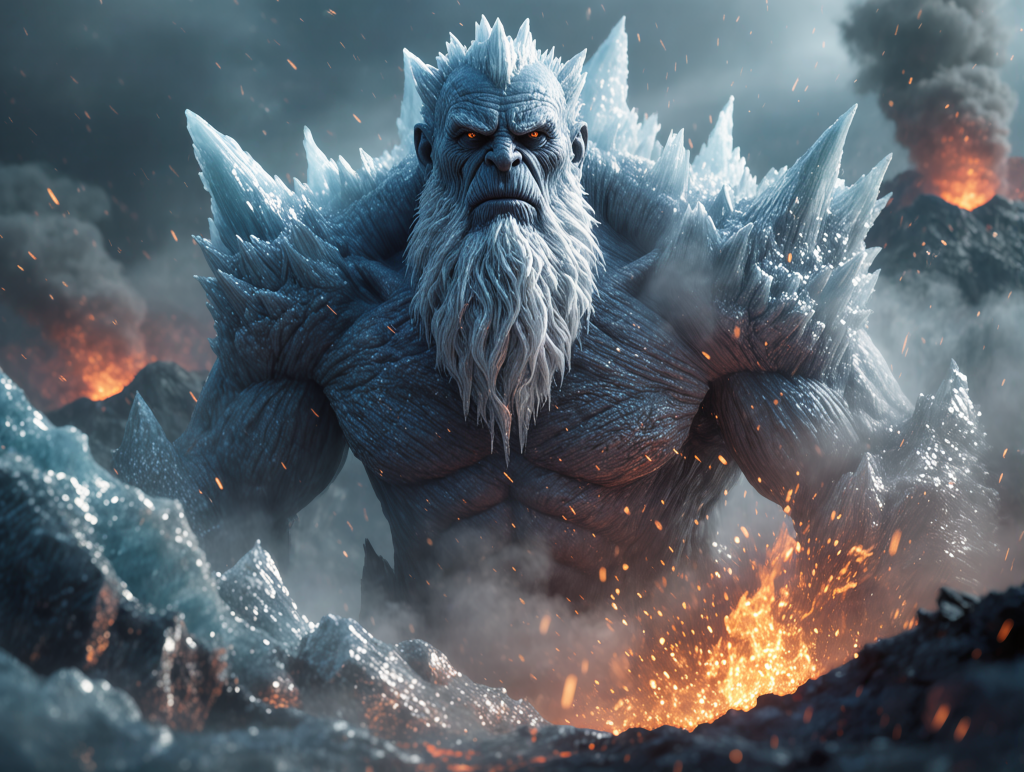
In Norse mythology, the world began as a yawning void called Ginnungagap, flanked by a realm of fire (Muspelheim) and a realm of ice (Niflheim).
Where the two met, the ice began to melt, and from the steam rose Ymir, a primordial giant.
Ymir gave birth to other giants, and eventually, the gods Odin, Vili, and Ve killed him to create the world.
His flesh became the land, his blood the seas, his bones the mountains, and his skull the sky.
From such brutal beginnings, the Norse gods shaped the world into order.
2. The Chinese Myth: Pangu and the World Egg
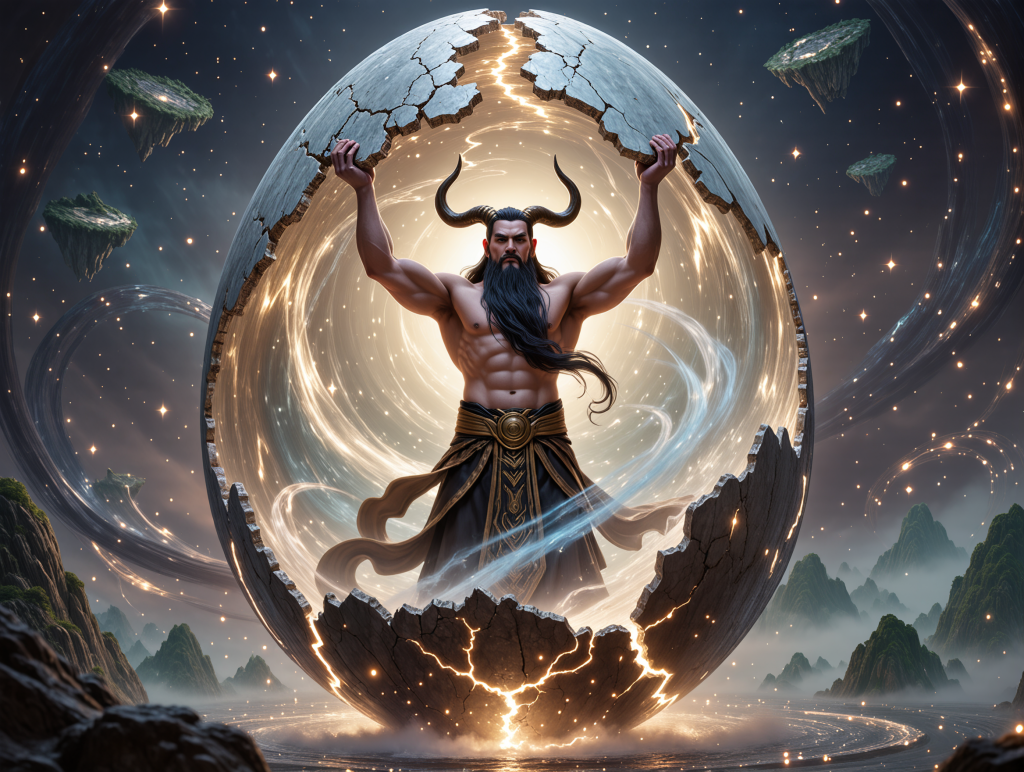
According to Chinese legend, the world began inside a cosmic egg.
For thousands of years, Pangu, a giant, slept within it. When he awoke, he cracked the egg open, separating yin and yang, chaos and order.
He pushed the sky upward and the earth downward, holding them apart for 18,000 years as he grew.
When he finally died, his body transformed into the world: his breath became wind, his eyes the sun and moon, and his voice thunder. His death was the birth of everything.
3. The Egyptian Myth: Ra and the Primeval Mound
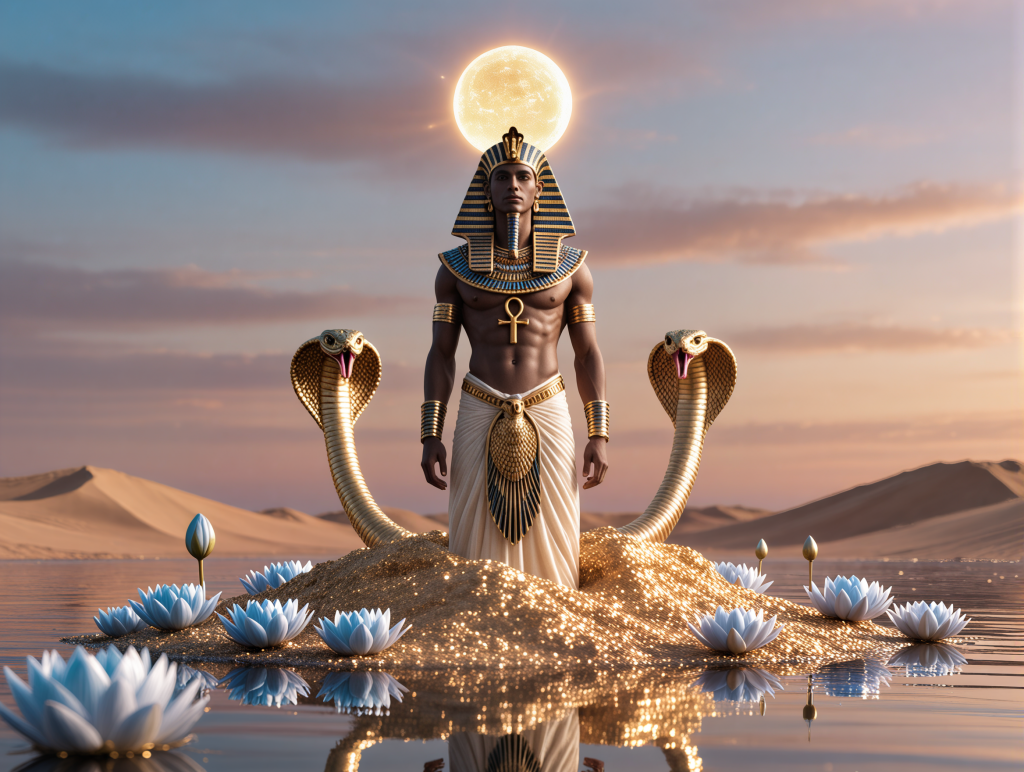
In ancient Egyptian mythology, before the world existed, there was nothing but endless water – Nun.
From this watery chaos rose a mound of land, and from it emerged the sun god Ra (or Atum, in some versions).
Ra created the first gods, who in turn brought forth the sky, Earth, and all living beings.
Many variations exist, but the central idea is always about order rising from chaos, and the daily rebirth of the sun is seen as a reenactment of creation itself.
4. The Native American Myth: Turtle Island
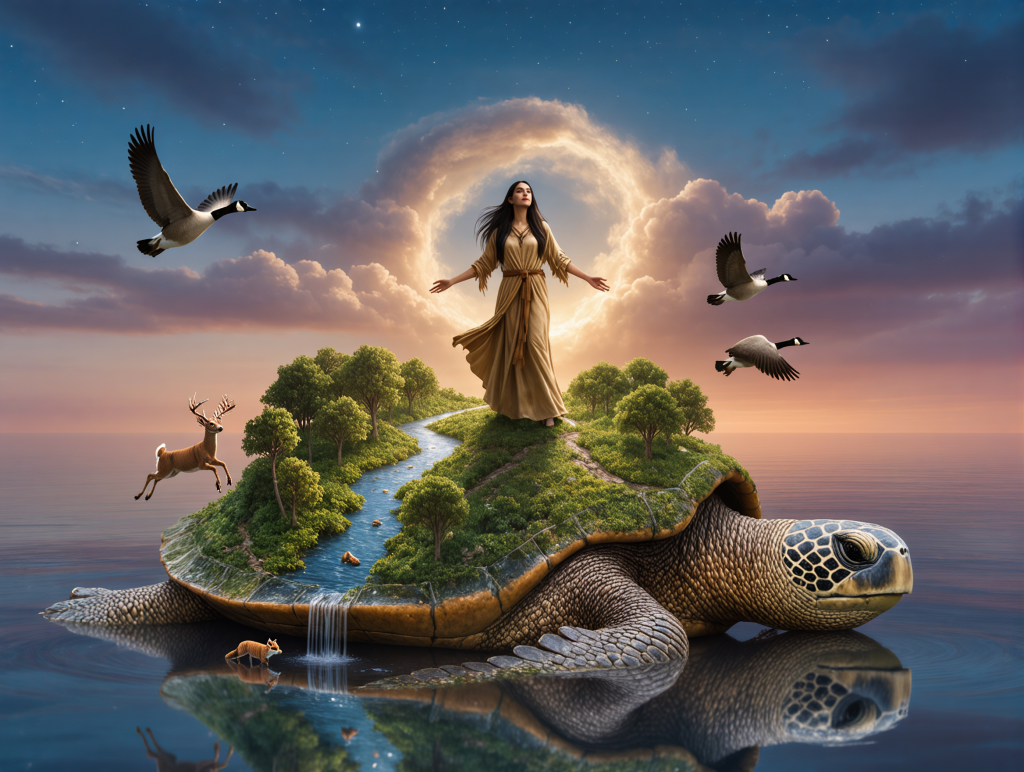
In various Native American traditions, especially among the Haudenosaunee (Iroquois), the world began when a woman known as Sky Woman fell from the celestial world down into a vast, endless ocean.
As she descended, animals in the water saw her falling and rushed to help. Birds flew up to catch her and gently lowered her onto the back of a giant turtle, who rose from the depths to offer her a place to rest.
Sky Woman spread the soil on the turtle’s back, and it began to grow, eventually becoming Turtle Island, the land we now call North America.
This myth beautifully emphasizes interdependence, cooperation, and harmony with nature, showing that life flourishes when beings work together.
5. The Mesopotamian Myth: The Battle of Tiamat
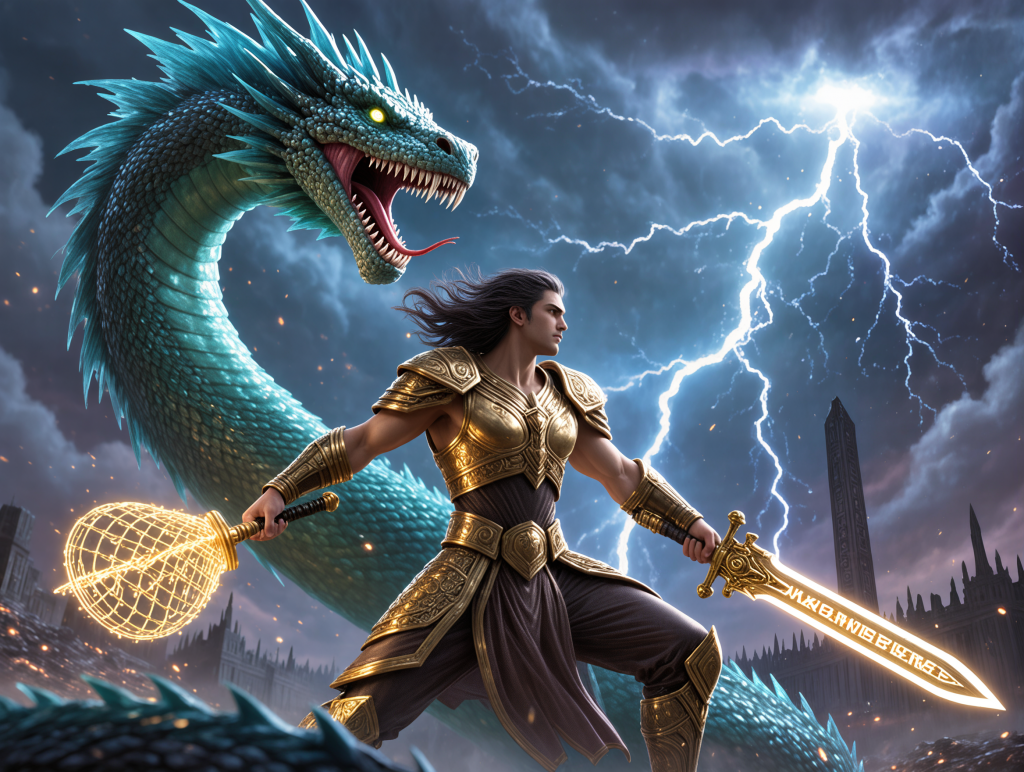
In the Babylonian Enuma Elish, the world begins with two primordial gods: Apsu (freshwater) and Tiamat (saltwater).
Their offspring grow unruly and noisy, disturbing Apsu, who decides to destroy them. Before he can act, he is killed by the god Ea.
Tiamat, enraged, creates an army of monsters and appoints her new consort, Kingu, to lead them.
Eventually, the storm god Marduk rises to challenge her. After a fierce battle, he slays Tiamat and uses her body to form the heavens and the Earth.
This myth is one of the earliest written creation stories and underscores order triumphing over chaos through cosmic struggle.
6. The Yoruba Myth: Obatala and the Chain from Heaven
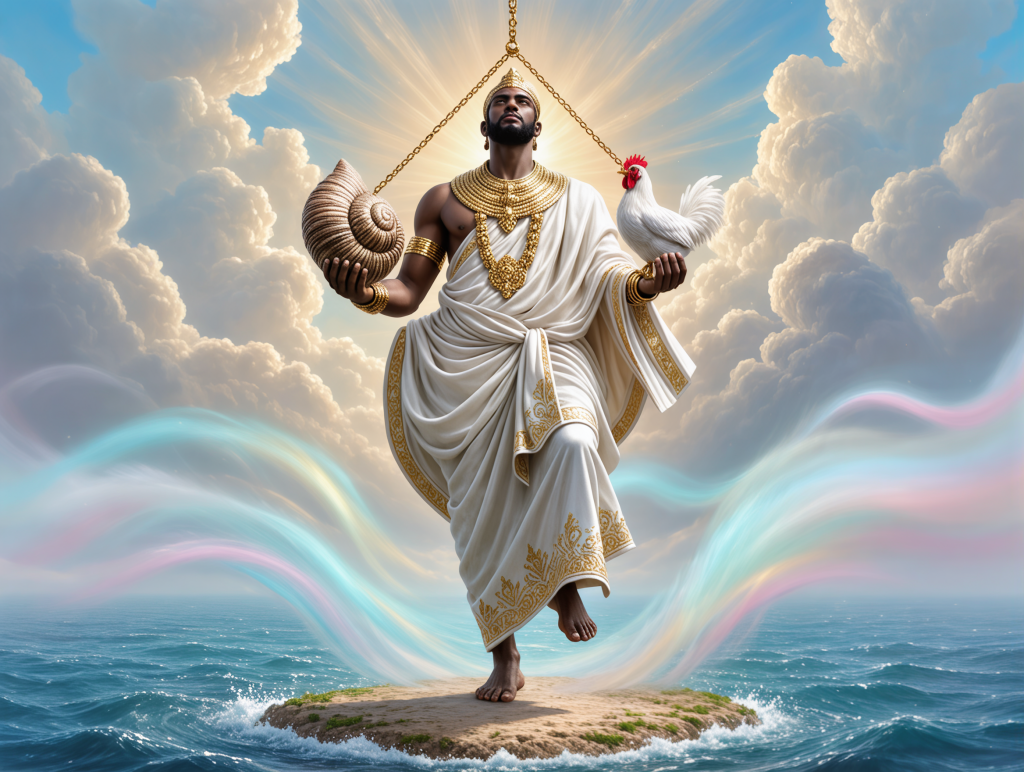
In the Yoruba tradition of West Africa, the supreme god Olodumare sent the god Obatala down from the sky to create the Earth.
Obatala descended on a chain, carrying a snail shell filled with soil, a white hen, a palm nut, and a black cat.
He poured the soil onto the ocean, let the hen scatter it into land, and planted the palm nut to create vegetation.
Eventually, other gods came down to shape the world further.
The myth suggests that creation was a shared effort between spiritual forces and elements of nature, working together to form a habitable world.
7. The Japanese Myth: Izanagi and Izanami
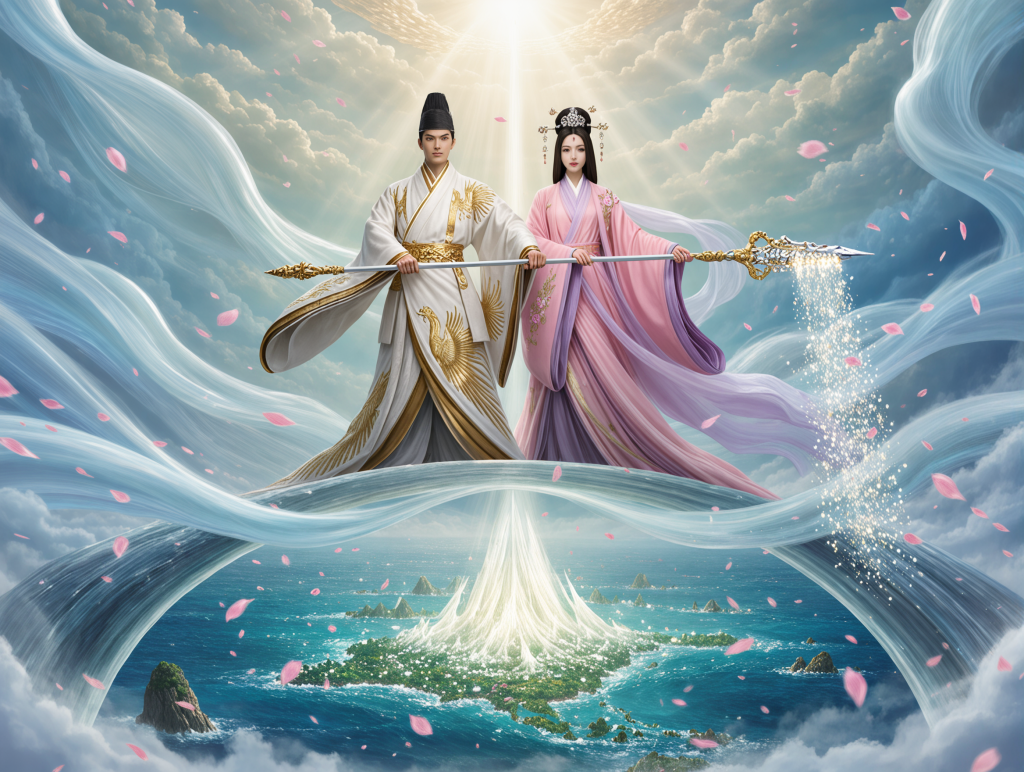
In ancient Japanese mythology, the gods Izanagi and Izanami were tasked with bringing form to the shapeless Earth.
Standing on the Heavenly Bridge, they stirred the chaotic sea below with a jeweled spear. When they lifted it, drops fell and solidified into the first island – Onogoro.
There, they descended, married, and gave birth to the islands of Japan and many deities of nature and life.
But tragedy struck. During the birth of the fire god, Izanami was fatally burned and died.
Izanagi, devastated, journeyed to the underworld to retrieve her, only to find she had already become part of the realm of death. Horrified, he fled, and from his cleansing afterward, new gods were born – including Amaterasu, the sun goddess.
This myth blends themes of creation, loss, and rebirth, reflecting the Shinto view that life and nature are deeply interconnected, and that even in endings, new beginnings emerge.
8. The Finnish Myth: The World from an Egg
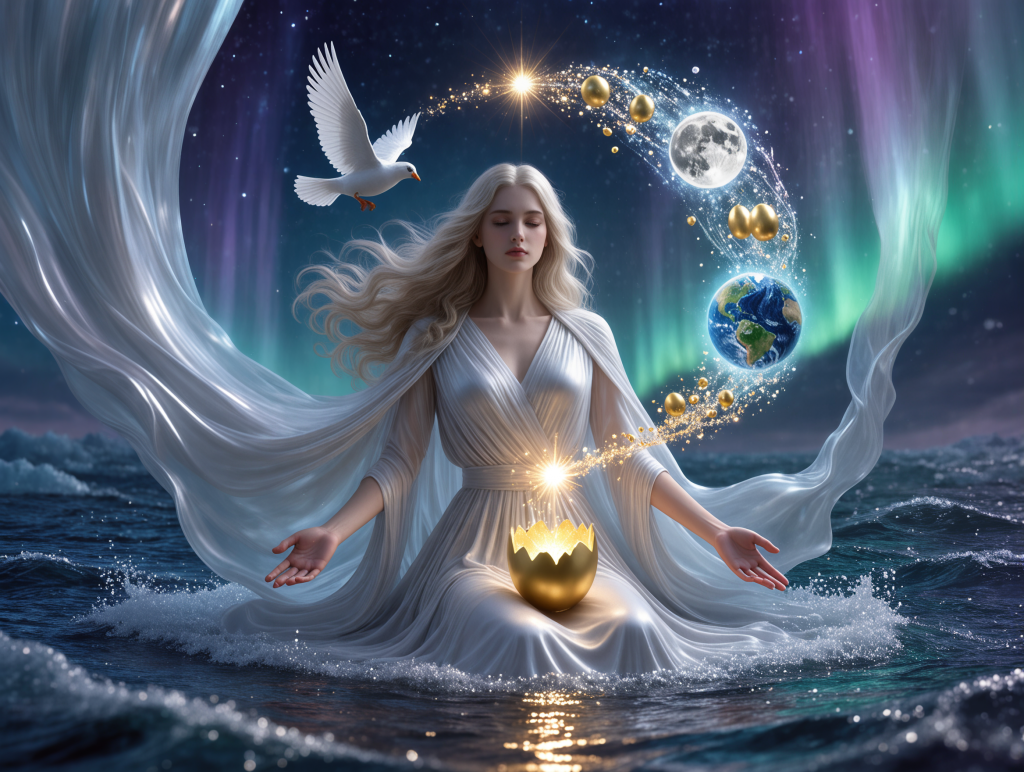
The Finnish creation myth, as recounted in the Kalevala, centers around the air goddess Ilmatar, who descends to the primal sea.
Eventually, a bird – usually a goldeneye – mistook her knee for a small island and laid eggs on it. As the bird brooded, the heat caused the eggs to fall and break.
From the fragments of the eggshells, the universe was formed: the sky from the top shell, the Earth from the bottom, the sun from the yolk, and the moon from the white.
Ilmatar then shaped the land, raised hills and valleys, and breathed life into the world.
9. The Inca Myth: Viracocha and the Lake of Origins
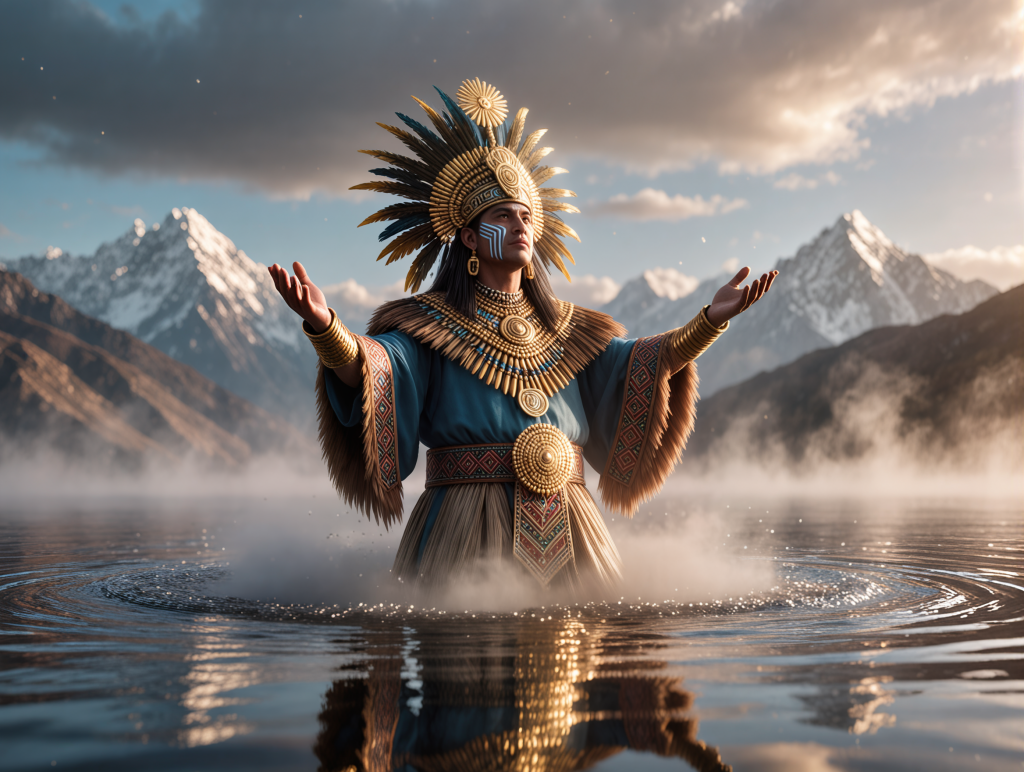
According to Inca mythology, the god Viracocha emerged from the waters of Lake Titicaca during a time of darkness. He created the sun, moon, stars, and the first humans.
When they displeased him, he turned them to stone and created a new race from mountains and earth.
He then walked across the land, teaching people and disappearing into the Pacific Ocean, promising to return.
This story blends divine authority, moral judgment, and origin themes tied closely to the Andean landscape.
10. The Greek Myth: Gaia, Uranus, and the Birth of the Titans
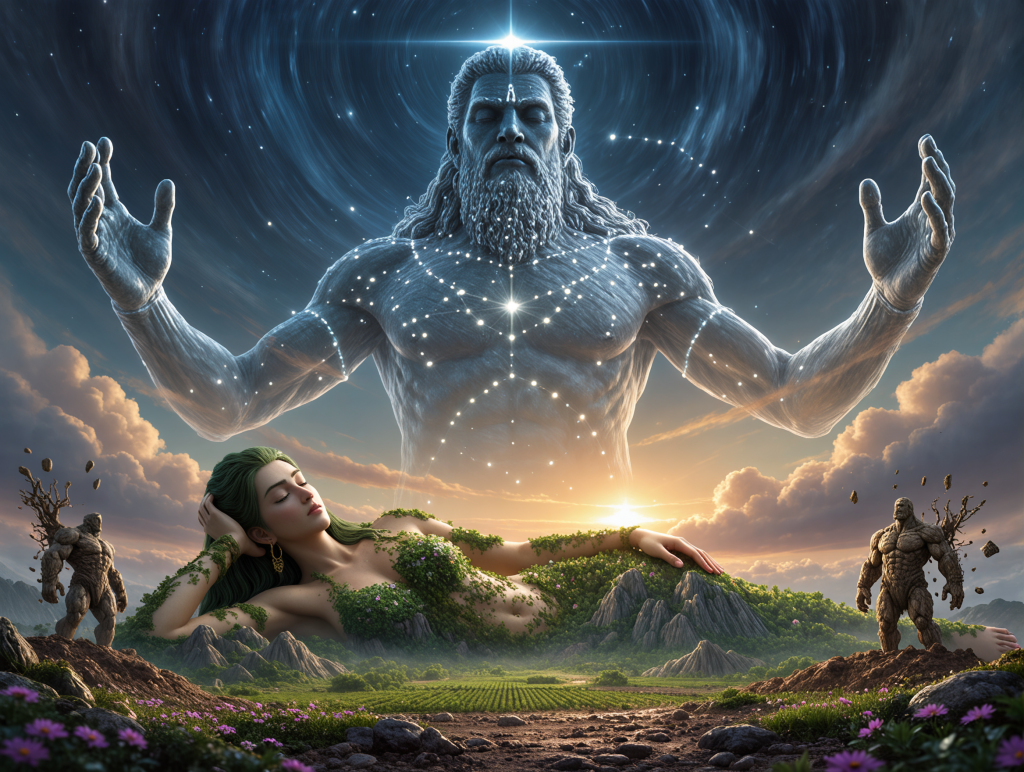
In early Greek mythology, Chaos was the formless void from which everything began – a boundless, empty expanse. From Chaos emerged Gaia, the Earth, who gave birth to Uranus, the Sky.
The two became consorts and produced the Titans, powerful primordial beings who ruled before the Olympian gods.
However, peace did not last. Uranus feared his own children and tried to imprison them, prompting Gaia to help her son Cronus overthrow him.
Later, Cronus too would be overthrown by his own son, Zeus, beginning the reign of the Olympian gods.

